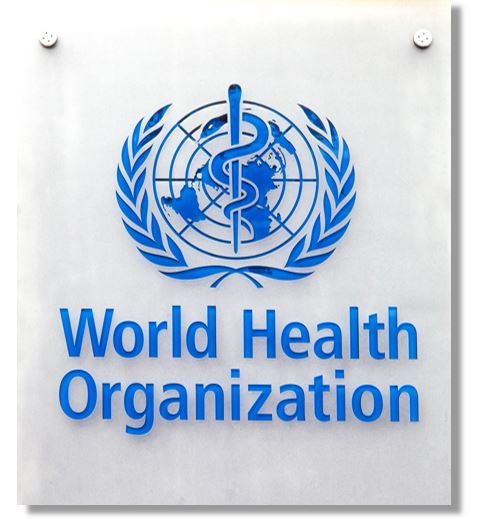- Clinical Technology
- Adult Immunization
- Hepatology
- Pediatric Immunization
- Screening
- Psychiatry
- Allergy
- Women's Health
- Cardiology
- Pediatrics
- Dermatology
- Endocrinology
- Pain Management
- Gastroenterology
- Infectious Disease
- Obesity Medicine
- Rheumatology
- Nephrology
- Neurology
- Pulmonology
Asymptomatic Cornovavirus Spread: What the WHO Meant
"Asymptomatic coronavirus spread is rare." World Health Organization explains the miscommunication.

The World Health Organization today worked quickly to clarify a statement made yesterday by one of its top scientists who said that transmission of coronavirus by asymptomatic individuals is "very rare."
The comment, made during a WHO press briefing on Monday, immediately drew incredulity from physicians, scientists, and public health officials who have worked for months to communicate clearly on how the virus is transmitted. Indeed, the threat of asymptomatic spread has been part of government shutdown policies as well as the imperative to wear a mask when in public.
Speaking during a special WHO Q&A streamed live over multiple social media platforms Tuesday, the scientist, Dr Maria Van Kerkhove, head of the WHO’s emerging diseases and zoonosis unit, said that asymptomatic spread is a “really complex question” and much is still unknown.
Van Kerkhove stated that her comment was in response to a question on asymptomatic virus transmission during Monday's press briefing and was not a statement of WHO policy. In an effort to articulate what is currently known, she said, her use of the phrase "very rare" had been a miscommunication. The choice of words was based on a small number of studies in other countries that followed asymptomatic cases and traced the number of their contacts who became infected, she explained. She had not intended to imply that “asymptomatic transmission globally” was rare because this has not been determined.
She did point to potential public confusion between the terms asymptomatic, a reference to individuals who are infected but do not develop any symptoms during the course of infection, and "presymptomatic," those who are infected and will develop symptoms but are not aware they are ill for a period of time after contracting the virus.
Asymptomatic transmission is recognized but how frequently is occurs is still an open question. One study from the Annals of Internal Medicinefound it likely that 40% to 50% of individuals infected with SARS-CoV2 will remain asymptomatic and can unknowingly spread the virus. An April paper published in the journal Nature estimated that 44% of secondary cases were infected during contact with an presymptomatic individual.
In May, the CDC estimated that 35% of COVID-19 infected individuals are asymptomatic.
Van Kerkhov said the WHO estimates 16% of people are asymptomatic and can transmit the virus. Some models suggest up to 40% of coronavirus transmission might be due to asymptomatic spread, she added, but much more information is needed.
